-
 Bitcoin
Bitcoin $108,262.4325
-1.40% -
 Ethereum
Ethereum $2,518.2882
-2.94% -
 Tether USDt
Tether USDt $1.0003
-0.01% -
 XRP
XRP $2.2262
-1.71% -
 BNB
BNB $653.9254
-1.55% -
 Solana
Solana $148.1036
-3.11% -
 USDC
USDC $1.0000
0.01% -
 TRON
TRON $0.2829
-1.45% -
 Dogecoin
Dogecoin $0.1639
-4.82% -
 Cardano
Cardano $0.5742
-4.43% -
 Hyperliquid
Hyperliquid $38.9506
-3.95% -
 Sui
Sui $2.9040
-4.34% -
 Bitcoin Cash
Bitcoin Cash $484.8307
-2.62% -
 Chainlink
Chainlink $13.1971
-3.73% -
 UNUS SED LEO
UNUS SED LEO $9.0822
0.51% -
 Avalanche
Avalanche $17.8613
-4.01% -
 Stellar
Stellar $0.2385
-2.26% -
 Toncoin
Toncoin $2.7570
-3.88% -
 Shiba Inu
Shiba Inu $0.0...01145
-3.99% -
 Litecoin
Litecoin $86.9999
-2.43% -
 Hedera
Hedera $0.1538
-3.90% -
 Monero
Monero $313.7554
-2.03% -
 Polkadot
Polkadot $3.3681
-5.08% -
 Dai
Dai $1.0000
0.00% -
 Ethena USDe
Ethena USDe $1.0001
-0.01% -
 Bitget Token
Bitget Token $4.4401
-2.97% -
 Uniswap
Uniswap $6.9644
-8.41% -
 Pepe
Pepe $0.0...09666
-4.79% -
 Aave
Aave $266.5686
-5.04% -
 Pi
Pi $0.4713
-4.95%
How to backtest an indicator-based strategy for Bitcoin without coding?
Backtesting Bitcoin trading strategies using no-code tools like TradingView or CryptoHopper helps traders evaluate performance with historical data before risking real capital.
Jul 04, 2025 at 06:50 pm
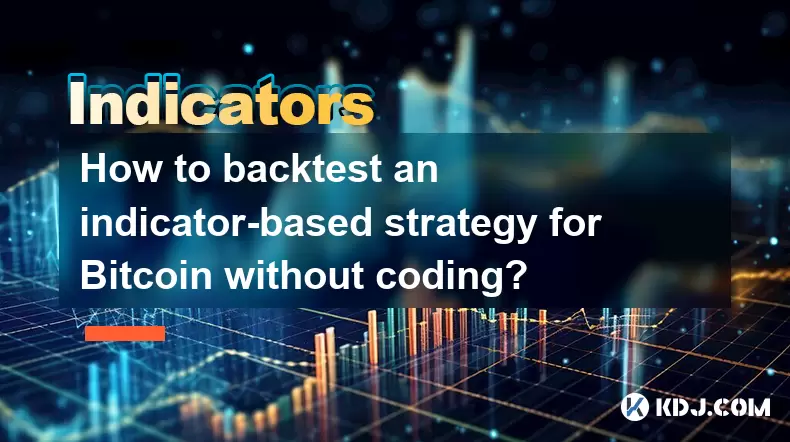
Understanding Backtesting in Cryptocurrency Trading
Backtesting is the process of evaluating a trading strategy by applying it to historical data to see how it would have performed. In the context of Bitcoin, backtesting allows traders to test their indicator-based strategies using past price movements and volume data. This helps identify whether a strategy has potential before risking real capital.
For many traders, especially those unfamiliar with programming languages like Python or Pine Script, the idea of coding for backtesting can be intimidating. Fortunately, there are platforms and tools that allow users to perform this task without needing to write a single line of code. These tools typically provide drag-and-drop interfaces, pre-built indicators, and visual strategy builders.
Selecting the Right Platform for No-Code Backtesting
Several platforms cater specifically to traders who want to backtest indicator-based strategies without coding. Some of the most popular include:
- TradingView: Offers a visual strategy builder where users can create conditions based on technical indicators.
- CryptoHopper: A crypto trading bot platform that includes a built-in strategy tester.
- 3Commas: Allows users to simulate trades based on custom indicators and rules.
- Bitsgap: Provides a strategy simulator with no-code configuration options.
These platforms support integration with major exchanges such as Binance, Coinbase, and Kraken. They also offer historical Bitcoin data across various timeframes, which is essential for accurate backtesting.
Setting Up Your Indicator-Based Strategy Visually
Once you've chosen a platform, the next step is to define your strategy visually. Most platforms provide a rule-based system where users can select from a variety of technical indicators such as:
- Moving Averages (MA)
- Relative Strength Index (RSI)
- Bollinger Bands
- MACD (Moving Average Convergence Divergence)
You can combine these indicators to form entry and exit conditions. For example, an entry condition might be when the 50-period MA crosses above the 200-period MA, while an exit condition could be triggered when the RSI goes above 70.
Most platforms allow users to drag and drop indicators into a strategy builder interface. You can then set thresholds and logical operators (like AND/OR) to define trade signals. The key is to ensure that each condition is clearly defined and logically connected to the overall strategy.
Configuring Historical Data and Timeframes
To get meaningful results, it's crucial to configure the correct historical data and timeframe for testing. Most platforms allow users to select specific date ranges and candlestick intervals such as:
- 1-minute
- 5-minute
- 1-hour
- 1-day
Selecting the right timeframe depends on the nature of your strategy. If you're building a scalping strategy, shorter timeframes like 1-minute or 5-minute charts are appropriate. For swing trading, 1-hour or daily charts may be more suitable.
Ensure that the dataset includes sufficient historical data to cover multiple market cycles. For instance, testing only during a bull market may not reveal how well your strategy performs during a downtrend.
Also, verify that the data source is reliable and free from gaps or inaccuracies. Many platforms pull data directly from exchanges, but discrepancies can occur, especially for less liquid assets or older data points.
Running the Backtest and Analyzing Results
After setting up the strategy and selecting the historical data, you can run the backtest. Most platforms will simulate the trades based on your defined conditions and display performance metrics such as:
- Total profit/loss
- Win rate
- Average gain per trade
- Maximum drawdown
- Number of trades executed
It’s important to analyze these results critically. A high win rate doesn’t necessarily mean a profitable strategy if losses are large enough to offset gains. Conversely, a lower win rate with consistently large gains can still be viable.
Some platforms also provide visual chart overlays, showing where buy and sell signals were triggered. This helps in understanding how the strategy behaves under different market conditions.
Pay attention to how the strategy reacts during volatile periods or after significant news events. Bitcoin markets can be highly reactive to macroeconomic developments, regulatory changes, or exchange-related incidents.
Optimizing and Refining the Strategy
Based on the initial backtest results, you may need to refine your strategy. Optimization involves tweaking indicator parameters or adjusting entry/exit conditions to improve performance. For example, changing the RSI threshold from 70 to 65 may result in earlier exits and reduce drawdowns.
However, avoid overfitting—this occurs when a strategy is too closely tailored to historical data and performs poorly in live trading. Use walk-forward testing or out-of-sample testing to validate any changes made to the strategy.
Many platforms allow users to save multiple versions of a strategy, making it easier to compare performance across variations. Always keep track of what changes were made and why, so you can better understand the impact of each adjustment.
Frequently Asked Questions
Q: Can I backtest strategies on multiple cryptocurrencies at once?
A: Yes, some platforms like CryptoHopper and 3Commas allow multi-asset backtesting, though the focus here was on Bitcoin-specific strategies.
Q: Is it possible to import my own indicator formulas without coding?
A: Most no-code platforms come with a fixed set of indicators. However, some allow limited customization through preset formula fields, although full formula imports require coding knowledge.
Q: Do I need a premium account to use backtesting features?
A: Many platforms offer basic backtesting in their free tiers, but advanced features such as extended historical data, strategy optimization, and detailed analytics often require a premium subscription.
Q: How accurate are no-code backtesting results compared to live trading?
A: While no-code tools strive for accuracy, slippage, latency, and market impact can cause differences between simulated and actual performance. It’s recommended to paper trade or start with small positions before going all-in.
Disclaimer:info@kdj.com
The information provided is not trading advice. kdj.com does not assume any responsibility for any investments made based on the information provided in this article. Cryptocurrencies are highly volatile and it is highly recommended that you invest with caution after thorough research!
If you believe that the content used on this website infringes your copyright, please contact us immediately (info@kdj.com) and we will delete it promptly.
- Bitcoin's Pattern Break: Are HODLers the Key to the Next Surge?
- 2025-07-04 18:50:12
- Bitcoin Price, Trump's Bill, and the $150K Dream: A NYC Take
- 2025-07-04 19:50:12
- Ethereum, LILPEPE, and the July Bounce: Will Pepe Steal ETH's Thunder?
- 2025-07-04 19:10:12
- Binance Institutional Loans: Unlocking 4x Leverage and Zero Interest for Whales
- 2025-07-04 19:15:12
- Bitcoin Bull Run: Analysts Eye Peak in Late 2025?
- 2025-07-04 19:20:13
- Pepe Indicators, Bullish Forecast: Can the Meme Coin Rally?
- 2025-07-04 19:25:12
Related knowledge
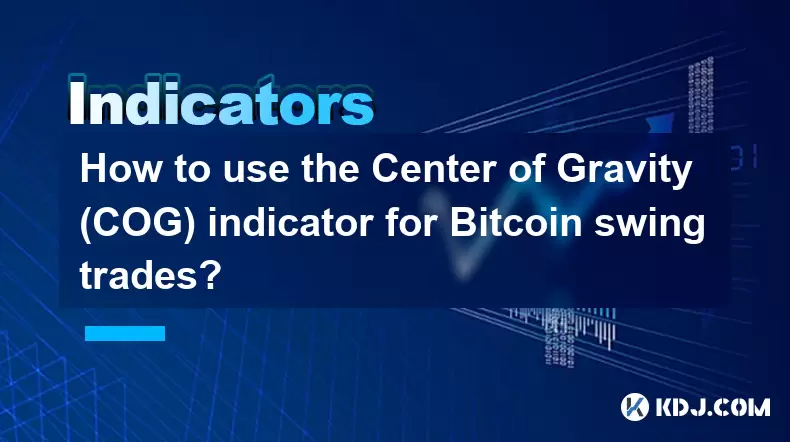
How to use the Center of Gravity (COG) indicator for Bitcoin swing trades?
Jul 04,2025 at 06:21pm
Understanding the Center of Gravity (COG) IndicatorThe Center of Gravity (COG) indicator is a technical analysis tool primarily used to identify potential trend reversals and momentum shifts in financial markets, including cryptocurrency trading. Unlike traditional oscillators like RSI or MACD, the COG focuses on calculating the weighted average price o...

How to backtest an indicator-based strategy for Bitcoin without coding?
Jul 04,2025 at 06:50pm
Understanding Backtesting in Cryptocurrency TradingBacktesting is the process of evaluating a trading strategy by applying it to historical data to see how it would have performed. In the context of Bitcoin, backtesting allows traders to test their indicator-based strategies using past price movements and volume data. This helps identify whether a strat...

What is indicator confluence and why is it important for Bitcoin trading?
Jul 04,2025 at 03:14pm
Understanding the Concept of Indicator ConfluenceIndicator confluence refers to the alignment or agreement between multiple technical indicators when analyzing a financial asset, such as Bitcoin. Instead of relying on a single indicator to make trading decisions, traders use confluence to increase the probability of successful trades by ensuring that di...
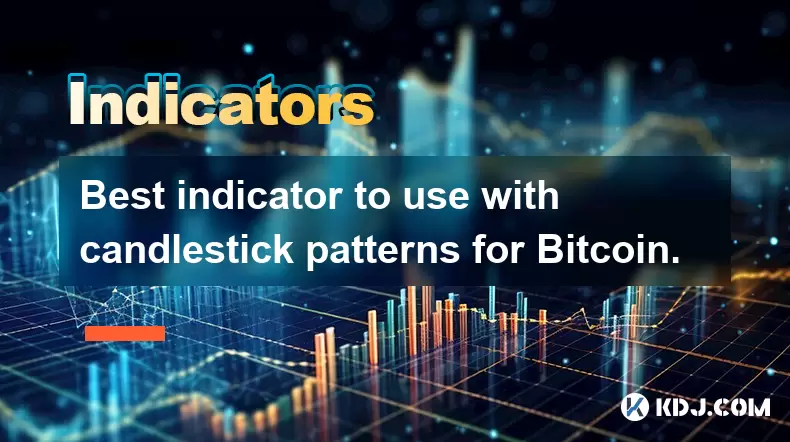
Best indicator to use with candlestick patterns for Bitcoin.
Jul 04,2025 at 12:36pm
Understanding the Role of Indicators with Candlestick PatternsIn the world of cryptocurrency trading, especially when dealing with Bitcoin, technical analysis plays a crucial role in identifying potential price movements. Traders often rely on candlestick patterns to forecast market behavior. However, these patterns alone may not always provide sufficie...
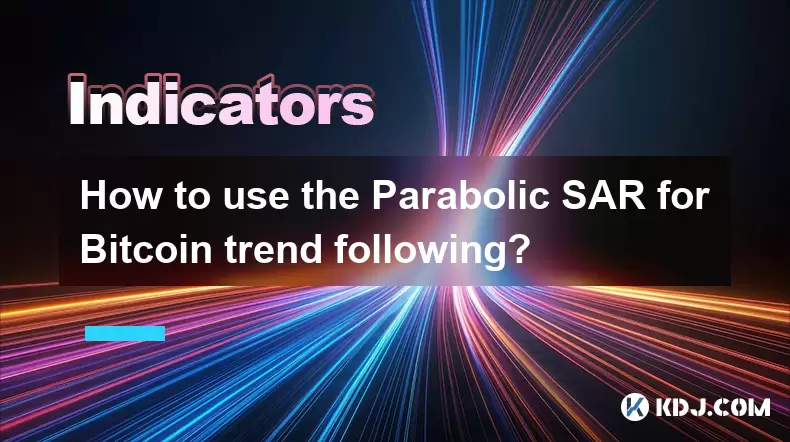
How to use the Parabolic SAR for Bitcoin trend following?
Jul 04,2025 at 05:21pm
Understanding the Parabolic SAR IndicatorThe Parabolic SAR (Stop and Reverse) is a technical analysis tool developed by J. Welles Wilder, primarily used to identify potential reversals in asset prices. In the context of Bitcoin trading, it serves as a crucial instrument for spotting entry and exit points during trending markets. The indicator appears on...
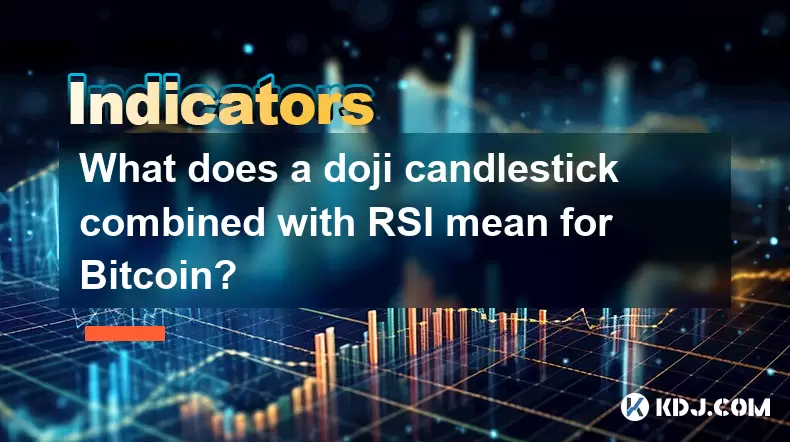
What does a doji candlestick combined with RSI mean for Bitcoin?
Jul 04,2025 at 03:08pm
Understanding the Doji Candlestick PatternA doji candlestick is a critical technical analysis pattern that signals market indecision. It forms when the opening and closing prices of an asset are nearly identical, resulting in a very small or nonexistent body with long upper and lower wicks. In the context of Bitcoin, this pattern often suggests a potent...

How to use the Center of Gravity (COG) indicator for Bitcoin swing trades?
Jul 04,2025 at 06:21pm
Understanding the Center of Gravity (COG) IndicatorThe Center of Gravity (COG) indicator is a technical analysis tool primarily used to identify potential trend reversals and momentum shifts in financial markets, including cryptocurrency trading. Unlike traditional oscillators like RSI or MACD, the COG focuses on calculating the weighted average price o...

How to backtest an indicator-based strategy for Bitcoin without coding?
Jul 04,2025 at 06:50pm
Understanding Backtesting in Cryptocurrency TradingBacktesting is the process of evaluating a trading strategy by applying it to historical data to see how it would have performed. In the context of Bitcoin, backtesting allows traders to test their indicator-based strategies using past price movements and volume data. This helps identify whether a strat...

What is indicator confluence and why is it important for Bitcoin trading?
Jul 04,2025 at 03:14pm
Understanding the Concept of Indicator ConfluenceIndicator confluence refers to the alignment or agreement between multiple technical indicators when analyzing a financial asset, such as Bitcoin. Instead of relying on a single indicator to make trading decisions, traders use confluence to increase the probability of successful trades by ensuring that di...

Best indicator to use with candlestick patterns for Bitcoin.
Jul 04,2025 at 12:36pm
Understanding the Role of Indicators with Candlestick PatternsIn the world of cryptocurrency trading, especially when dealing with Bitcoin, technical analysis plays a crucial role in identifying potential price movements. Traders often rely on candlestick patterns to forecast market behavior. However, these patterns alone may not always provide sufficie...

How to use the Parabolic SAR for Bitcoin trend following?
Jul 04,2025 at 05:21pm
Understanding the Parabolic SAR IndicatorThe Parabolic SAR (Stop and Reverse) is a technical analysis tool developed by J. Welles Wilder, primarily used to identify potential reversals in asset prices. In the context of Bitcoin trading, it serves as a crucial instrument for spotting entry and exit points during trending markets. The indicator appears on...

What does a doji candlestick combined with RSI mean for Bitcoin?
Jul 04,2025 at 03:08pm
Understanding the Doji Candlestick PatternA doji candlestick is a critical technical analysis pattern that signals market indecision. It forms when the opening and closing prices of an asset are nearly identical, resulting in a very small or nonexistent body with long upper and lower wicks. In the context of Bitcoin, this pattern often suggests a potent...
See all articles

























































































